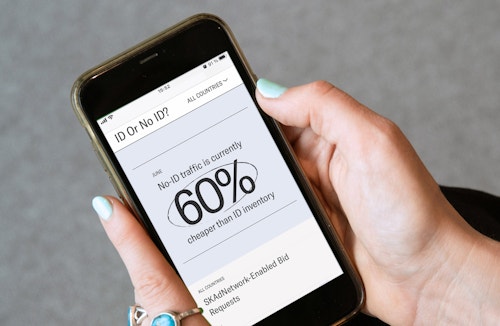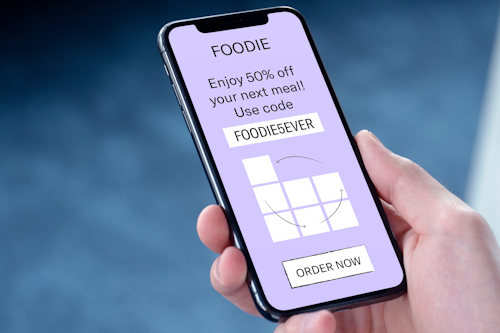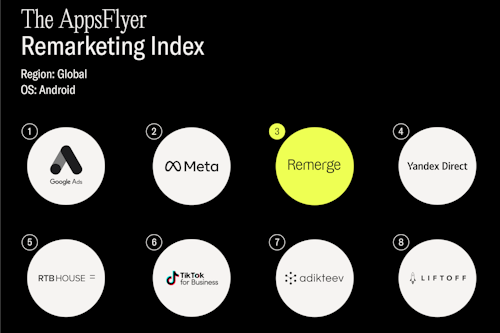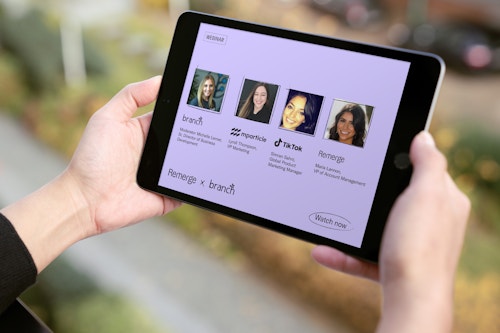Now is the time to tap into valuable audiences on no-ID traffic
junio 17, 2021

At Remerge, we unveiled our ID or No-ID dashboard back in April to track changes in the programmatic advertising space following the launch of Apple’s App Tracking Transparency (ATT) framework, the policy that lets iOS users decide whether their IDFA is shared with advertisers.
We recognized the app marketing industry's need for accurate and up-to-date information on how developments for ID and no ID traffic are impacting the entire ecosystem and took a data-driven approach to understand how the market is preparing itself for the transition towards a privacy-first environment. To support mobile marketers we provide freely available data on bid requests, CPM changes, iOS version usage and SKAdnetwork enabled traffic.
It will take some time before we know the real impact of ATT, as users and app developers gradually update their operating systems and integrations. However, based on the data we have already collected at Remerge, there are some early indications of what to expect and insights that can help marketers plan their programmatic advertising activities.
Our CEO, Pan Katsukis, shares his thoughts on the latest global trends and offers some words of advice for app marketers.
Recapping the aftermath of ATT
Initial adoption rates following the release of iOS 14.5 were relatively low. Globally, we saw the percentage steadily increase from April 26, but it was not until the release of iOS 14.6 that adoption rates really picked up. Looking at the data after the first two weeks in June, our dashboard shows that 36% of users have installed iOS 14.5 or higher on their devices.
The volume of available ID inventory has started to decrease as well, with 27% fewer requests on June 13, when compared to the week before.
Our data also highlights that no-ID inventory is fast-becoming a cost-effective option for app advertisers. For the first two weeks of June, it was 60% cheaper than ID inventory, which is a considerable shift compared to what we witnessed in May. We’re seeing that the supply is much higher than the demand, as many advertisers continue to use their ID based set-up when running programmatic advertising campaigns.

An opportunity for fast-movers in the programmatic advertising industry
We remain in the early stages of ATT and a lot of advertisers are not yet buying on no-ID traffic. Many are choosing to test the waters with SKAdNetwork, while only some are experimenting with the best ways of buying no-ID inventory.
At the same time, the drop in ID inventory is creating a problem for the marketers who want to scale their growth with this type of traffic. While we don’t know how fast yet, it’s likely that ATT adoption will increase, meaning the majority of inventory will eventually be without the IDFA. The price of running campaigns the “old way” is set to become more and more expensive as advertisers compete for limited ID inventory.
This is an exciting and unique opportunity for fast-movers in the programmatic advertising industry. Now is the time to tap into valuable audiences on no-ID traffic. Inventory remains cheap and new practises, like contextual targeting, are improving as the smartest DSPs rigorously test with high volumes of traffic to uncover insights for the future.
« I would advise app marketers to continue taking full advantage of ID traffic while it is performing. »
Pan Katsukis
Finding the optimal set-up for the ID-less environment
Right now, it’s still tricky for advertisers to know what their best campaign set-up is in the ATT environment. I would advise app marketers to continue taking full advantage of ID traffic while it is performing. For instance, use retargeting and re-engagement ads to build a solid and loyal customer base; this will be important for long term success.
In parallel, start planning ahead by testing on no-ID traffic and re-evaluating existing app marketing strategies. Incrementality measurement, for example, is one way of overcoming the limitations of SKAdNetwork for anonymous audiences. Marketers should also focus on optimizing their creatives as campaigns will soon require a broader and more inclusive approach.
Final thoughts
Life is particularly challenging for app marketers right now. Not only must they make strategic decisions based on the constantly changing levels of ID and no-ID traffic, but Apple’s apparent failure to properly force ATT has led to confusion around the collection and use of iOS data. The latter, however, is expected to be resolved once ATT adoption increases.
As the programmatic advertising industry adjusts to the new privacy-first environment, it will be those who decided to test and mix up their strategies from the beginning that will achieve results and high performance with their mobile ads. It’s important to take a closer look at targeting options, creative optimization, and measurement for campaigns in the post-IDFA world.





